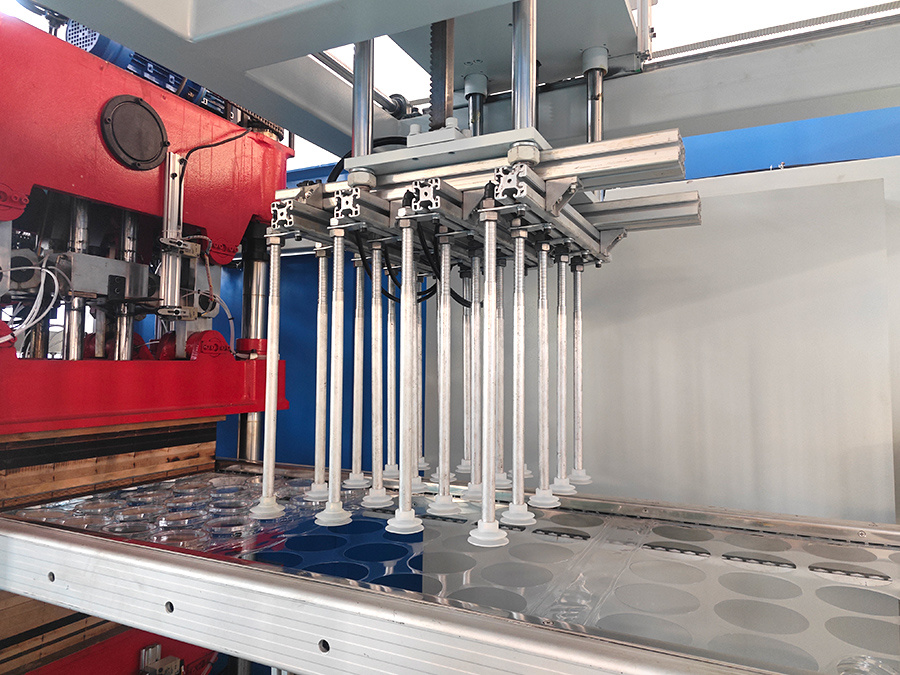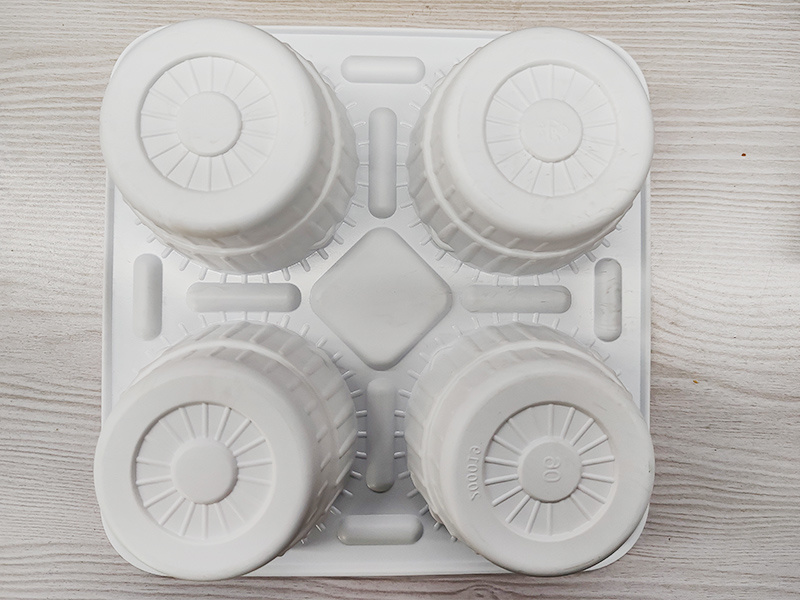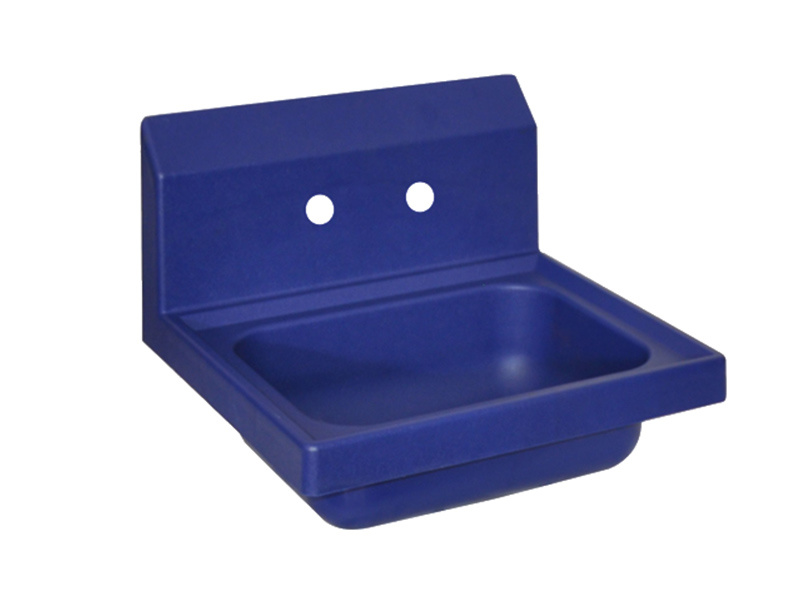Unlocking Efficiency: The Role of Advanced Pressure Forming Machines in Modern Manufacturing
2025-07-13
Unlocking Efficiency: The Role of Advanced Pressure Forming Machines in Modern Manufacturing
Table of Contents
Introduction to Advanced Pressure Forming Machines
What is Pressure Forming in Plastic Manufacturing?
Benefits of Advanced Pressure Forming Machines
How Pressure Forming Works: A Step-by-Step Guide
Materials Used in Pressure Forming Processes
Applications of Pressure Forming
Unlocking Efficiency: The Role of Advanced Pressure Forming Machines in Modern Manufacturing
Table of Contents
- Introduction to Advanced Pressure Forming Machines
- What is Pressure Forming in Plastic Manufacturing?
- Benefits of Advanced Pressure Forming Machines
- How Pressure Forming Works: A Step-by-Step Guide
- Materials Used in Pressure Forming Processes
- Applications of Pressure Forming Machines in Various Industries
- Future Trends in Manufacturing: The Evolution of Pressure Forming Machines
- Conclusion: The Future of Efficiency in Manufacturing
- Frequently Asked Questions
Introduction to Advanced Pressure Forming Machines
In the ever-evolving landscape of **manufacturing**, one crucial element stands out: the efficiency of production processes. Advanced **pressure forming machines** have emerged as pivotal players in enhancing productivity within the **plastic processing** sector. These machines leverage high-pressure techniques to mold plastic materials, offering numerous benefits that significantly improve manufacturing outcomes. Understanding their functionality and advantages is essential for companies looking to enhance their operations and reduce costs.
What is Pressure Forming in Plastic Manufacturing?
Pressure forming is a specialized method of molding plastic materials using heat and pressure. This process is particularly advantageous for creating complex shapes with tight tolerances. Unlike traditional methods, which may rely on gravity or simple vacuum systems, pressure forming employs **air pressure** or hydraulic pressure to ensure that the heated plastic sheet fully conforms to the mold.
This technique is commonly used in the production of various plastic components, especially those requiring high precision and aesthetic quality. Industries such as automotive, aerospace, and consumer goods benefit extensively from the capabilities of pressure forming machines.
Benefits of Advanced Pressure Forming Machines
The advantages of utilizing **advanced pressure forming machines** are manifold, including:
1. Enhanced Precision and Quality
Advanced pressure forming machines allow manufacturers to achieve **tighter tolerances** and superior surface finishes. The controlled environment in which these machines operate minimizes defects, ensuring that each component meets stringent quality standards.
2. Increased Production Speed
Time is money in manufacturing, and pressure forming machines significantly reduce production times. By utilizing high-pressure techniques, these machines can mold parts faster than traditional methods, leading to increased throughput.
3. Material Efficiency
One of the standout benefits of pressure forming is its ability to minimize waste. By precisely controlling the amount of material used, manufacturers can lower costs and reduce environmental impact.
4. Versatility in Applications
Advanced pressure forming machines are adaptable to various materials, including thermoplastics and thermosetting plastics. This versatility allows manufacturers to respond quickly to changing market demands and product specifications.
5. Improved Design Flexibility
The pressure forming process accommodates a wide range of geometries and designs, enabling manufacturers to produce complex shapes that may be challenging or impossible to achieve using other methods.
How Pressure Forming Works: A Step-by-Step Guide
Understanding the workings of **pressure forming machines** involves a closer look at their operational sequence:
Step 1: Material Preparation
The process begins with selecting the appropriate plastic sheet material. The sheet is typically heated to a specific temperature to make it pliable.
Step 2: Heating the Material
The heated sheet is then placed above the mold. Various heating methods, such as radiant or convection heating, can be employed to achieve the desired temperature uniformly.
Step 3: Molding Process
Once the material reaches the desired temperature, **high-pressure air or hydraulic force** is applied. This pressure forces the heated plastic sheet against the mold cavities, allowing it to take the desired shape.
Step 4: Cooling and Ejection
After the molding is complete, the part is cooled to solidify its shape. Once cooled, the finished component is ejected from the mold, ready for further processing or assembly.
Step 5: Quality Control
The final step involves inspecting the molded part for defects and ensuring it meets all quality specifications before it enters the supply chain.
Materials Used in Pressure Forming Processes
The choice of materials in pressure forming is critical for achieving optimal results. Common materials used include:
1. Thermoplastics
Thermoplastics, such as polyethylene, polypropylene, and polycarbonate, are widely used in pressure forming due to their recyclability and ability to be reshaped upon heating.
2. Thermosetting Plastics
Though less common, thermosetting plastics can also be processed with pressure forming machines. This category includes materials like epoxy and phenolic resins, which provide excellent durability and thermal resistance.
3. Composite Materials
Advanced pressure forming machines can handle composite materials, combining the benefits of plastic with the strength of additives, making them suitable for high-performance applications.
Applications of Pressure Forming Machines in Various Industries
The versatility of pressure forming machines lends themselves to a broad array of applications across different sectors:
1. Automotive Industry
In the automotive industry, pressure forming is used to create lightweight components that enhance fuel efficiency without compromising safety or performance.
2. Aerospace Sector
Aerospace manufacturers rely on pressure forming for producing complex parts that require high strength-to-weight ratios, ensuring optimal performance in demanding environments.
3. Consumer Goods
From packaging to durable consumer products, pressure forming enables the production of aesthetically pleasing and functional items that meet consumer expectations.
4. Medical Devices
Precision is paramount in the medical field, and pressure forming machines are employed to create intricate components for devices that require strict adherence to safety standards.
Future Trends in Manufacturing: The Evolution of Pressure Forming Machines
As technology advances, we can expect to see several key trends in the realm of pressure forming:
1. Integration of Automation and AI
The incorporation of automation and artificial intelligence in pressure forming processes will streamline operations, enhance precision, and reduce labor costs.
2. Sustainable Practices
With increasing focus on sustainability, manufacturers will likely adopt eco-friendly materials and processes, further minimizing waste and energy consumption.
3. Customization and On-Demand Production
The demand for customization will lead to pressure forming machines capable of rapid prototyping and on-demand production, allowing manufacturers to cater to specific customer needs efficiently.
4. Advanced Simulation Techniques
Utilizing advanced simulation software will enable manufacturers to predict outcomes more accurately, optimizing both design and process parameters for better efficiency.
Conclusion: The Future of Efficiency in Manufacturing
Advanced pressure forming machines are reshaping the future of manufacturing by unlocking new levels of efficiency, precision, and versatility. As industries continue to evolve, the ability to leverage these machines effectively will determine the success of manufacturers in meeting the demands of their markets. By embracing the advancements in pressure forming technology, companies can significantly enhance productivity while minimizing waste, leading to a more sustainable and efficient manufacturing landscape.
Frequently Asked Questions
1. What are the key advantages of using pressure forming machines?
The key advantages include enhanced precision, increased production speed, material efficiency, versatility, and improved design flexibility.
2. How does pressure forming differ from traditional molding methods?
Unlike traditional methods, pressure forming uses high pressure to ensure better conformity of the material to the mold, allowing for more complex shapes and tighter tolerances.
3. What materials can be used in pressure forming?
Common materials include thermoplastics like polyethylene and polypropylene, thermosetting plastics like epoxy, and composite materials.
4. What industries benefit most from pressure forming technology?
Industries such as automotive, aerospace, consumer goods, and medical devices benefit significantly from pressure forming technology.
5. What are the future trends in pressure forming technology?
Future trends include automation, sustainable practices, customization for on-demand production, and advanced simulation techniques for optimizing processes.
Keywords:
Related information
Understanding Durable Vacuum Forming Equipment: Key Insights for Efficient Plastic Processing
Vacuum forming is a popular plastic processing method used to create various products by heating plastic sheets and forming them over a mold using vacuum pressure. Durable vacuum forming equipment is crucial for manufacturers looking to optimize their production lines and achieve high-quality results.
One of the primary benefits of investing in durable vacuum forming equipment is its ability to wi
2025-07-14
Unlocking Efficiency: The Role of Advanced Pressure Forming Machines in Modern Manufacturing
Unlocking Efficiency: The Role of Advanced Pressure Forming Machines in Modern Manufacturing
Table of Contents
Introduction to Advanced Pressure Forming Machines
What is Pressure Forming in Plastic Manufacturing?
Benefits of Advanced Pressure Forming Machines
How Pressure Forming Works: A Step-by-Step Guide
Materials Used in Pressure Forming Processes
Applications of Pressure Forming
2025-07-13
The Innovative World of Discount Sheet Forming Machines: Transforming Manufacturing Processes
In the ever-evolving landscape of manufacturing and packaging machinery, the discount sheet forming machine stands out as a remarkable innovation. This machine is specifically designed to create various sheet forms, making it essential for companies looking to optimize their manufacturing processes. Understanding how these machines work and their benefits can be invaluable for businesses aiming to
2025-07-12












